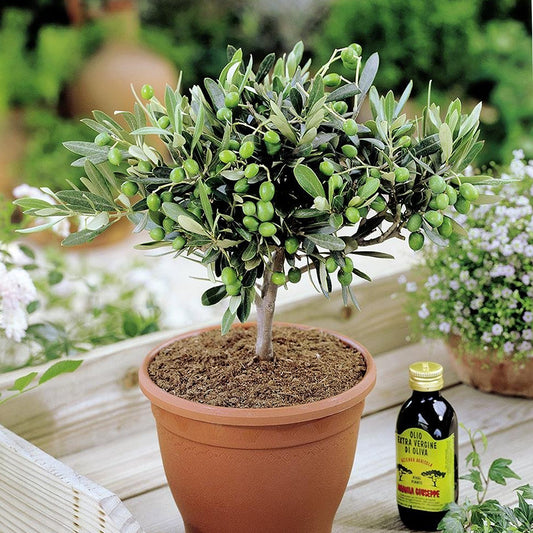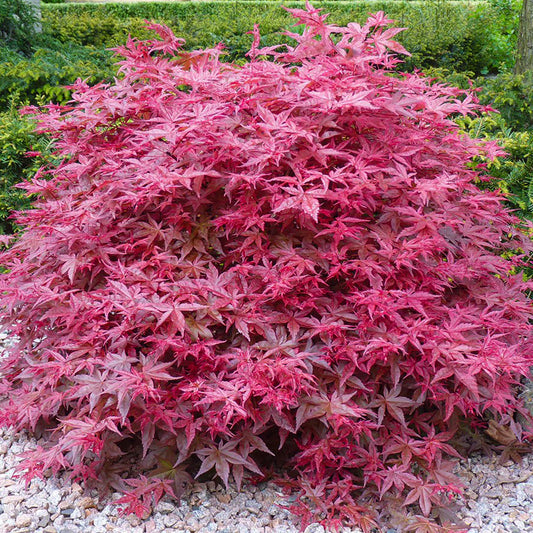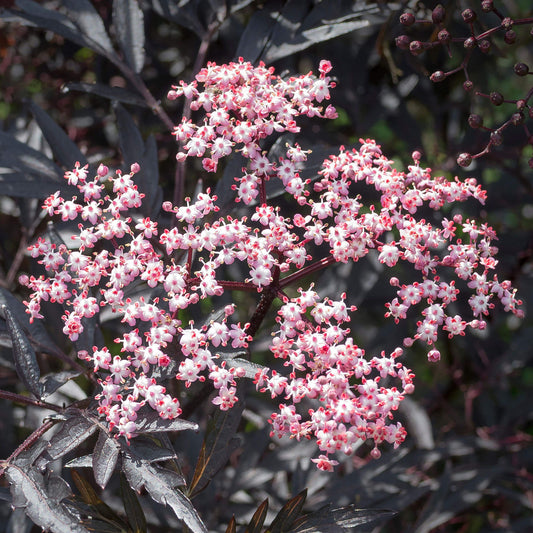Product description
The Malus ‘John Downie’ ticks all the right boxes as the perfect ornamental tree for your garden. It is delightful to look at all year round, it attracts masses of wildlife, requires little maintenance and offers an abundance of delicious crab apples.
In spring, April to May, an abundance of ‘Apple Blossom’ white flowers that open from pink buds adorn the tree. They attract bees and birds, making it a useful pollinator for other apple trees if you are thinking of creating a small orchard in your garden. The foliage of the tree is a mid-green that turns to stunning shades of yellow, bronze and orange in the autumn.
The main feature of the John Downie tree are the fruits which are large, plum-like, red and yellow flushed apples. Unlike normal apples which are round, the fruits tends to have a slightly elongated pear-shape. They mature early in autumn but last well into the winter, keeping the interest going when other plants are stark and bare.
The tree thrives well in fertile, well drained soil. It is upright in shape and fairly narrow, making it ideal for smaller gardens. When it reaches maturity it will arch, reaching an estimated height and spread of 5 x 3 metres in 20 years.
The John Downie is one of the most popular crab apple trees. The apples have a delicious refreshing flavour and a high pectin level. This makes them ideal for ambitious cooks who want to try their hand at making crab apple jelly.
Plant specs, care guide & tips
Key features
Specifications
When to plant
| Jan | Feb | Mar | Apr | May | Jun | Jul | Aug | Sep | Oct | Nov | Dec |
|---|---|---|---|---|---|---|---|---|---|---|---|
Planting and period of interest times are general guidelines and may vary based on your location and conditions. For best results, consult local gardening resources.
Instructions
Top Tip
Feed Malus trees with a balanced fertiliser in early spring to support growth and flowering. Prune annually during winter to remove dead, damaged, or crossing branches and maintain an open shape, which improves air circulation and reduces disease risk. For fruiting varieties, thinning the fruitlets in early summer ensures larger, healthier fruits. Protect young trees from harsh winds and frost, as this can damage their growth and blooms.
How to Water
Water Malus trees deeply and regularly during their first year to help them establish a strong root system, especially during dry spells. Once established, they are relatively drought-tolerant but benefit from additional watering during prolonged dry periods or when fruit is forming. Water early in the morning or late in the evening to minimise evaporation and focus on the base of the tree to avoid wetting foliage, which can lead to fungal issues. Mulching helps retain soil moisture and keeps the tree healthy.
How to Plant
To plant Malus, select a sunny position with fertile, well-draining soil that is neutral to slightly acidic. Dig a hole twice the width of the root ball and the same depth, loosening the soil at the base to encourage root growth. Place the tree in the hole with the graft union above soil level and backfill gently, firming the soil to remove air pockets. Water thoroughly after planting and apply a layer of organic mulch around the base, keeping it clear of the trunk to prevent rot. Space trees appropriately to allow for their eventual size and shape.























